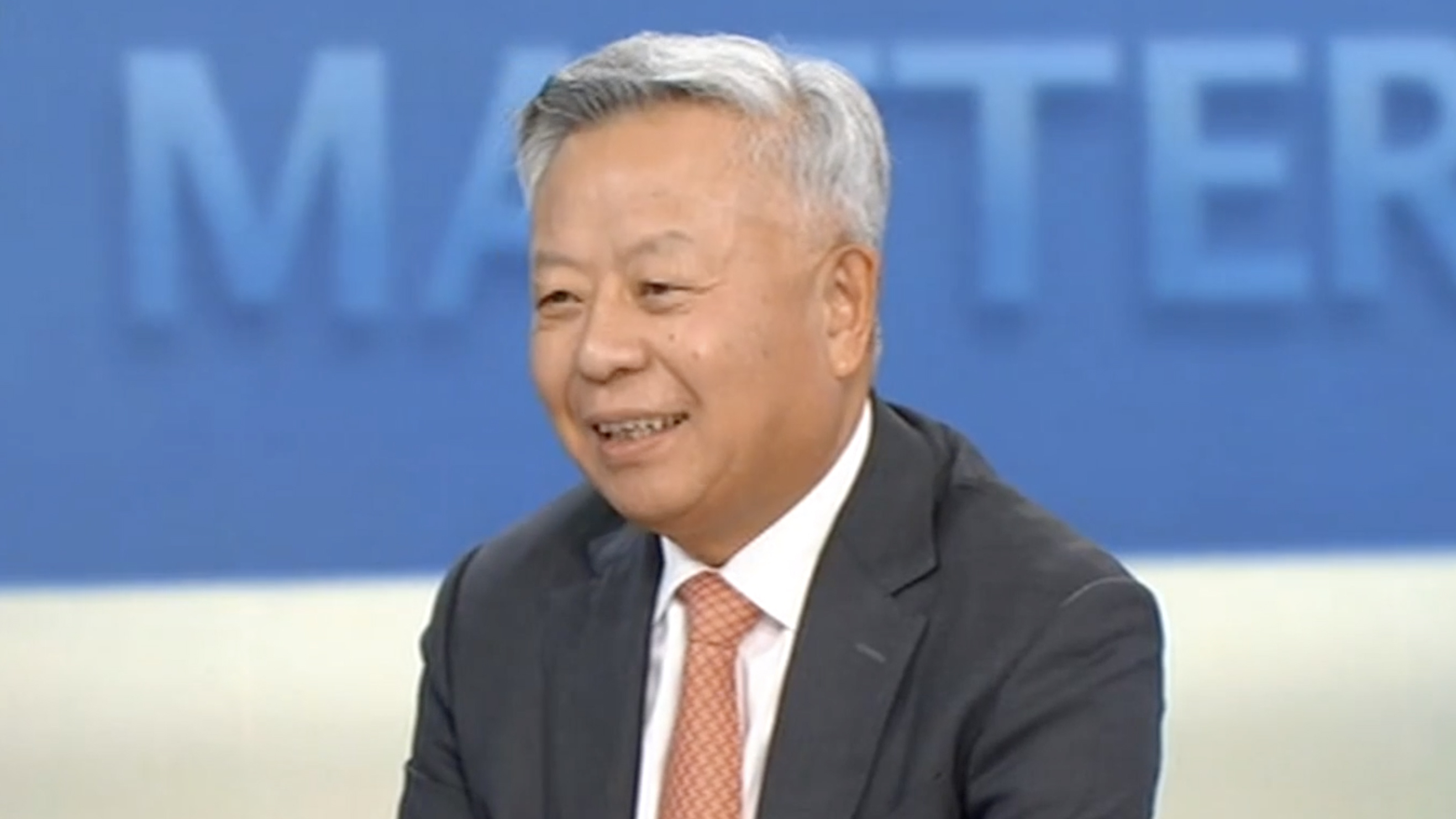

In January 2016, amid many doubts and concerns over its transparency and viability, the Asian Infrastructure Investment Bank started operation. Now entering its fourth year, the bank has grown to 97 approved members worldwide – the second-largest global membership next to the World Bank – and has received Triple-A ratings from top credit-rating agencies.
To learn about the secrets behind AIIB's vitality and credibility and its goals as a multilateral development bank, CGTN's Yang Rui sat down with Jin Liqun, President of the Asian Infrastructure Investment Bank.
Jin introduced that the idea of setting up a multilateral development bank that focuses on infrastructure development was proposed by China based on its own development experience of the last four decades.
"Based on China's experience, we thought it would be very, very important to set up such a bank to help the member countries to develop their economies through investment in infrastructure," said Jin. "So this is China's experience, it's also the experience of so many Asian countries."
On the frequently asked relationship between AIIB and the BRI, Jin explained that the two initiatives serve the same objective but with different functions.
AIIB is a multilateral development institution with shareholders from across the world and is operated by its standards on governance structure and social environment framework. It serves the purpose of promoting investment in infrastructure and other productive sectors, thereby improving people's livelihoods in member countries.
On the other hand, the BRI is an international platform where all participating countries can work together to improve connectivity under the principle of broad-based consultation, joint construction, and shared benefit.
Debt trap accusations are another topic that is brought up a lot when it comes to the AIIB and BRI. Jin clarified that China usually is not the biggest lender to the countries.
Jin mentioned a vicious circle faced by some of the low-income countries. They're weak in financial capabilities, they have no resources to finance major infrastructure projects, and they are hamstrung in their efforts to promote the economy, so this vicious circle goes on.
"For any country to avoid the debt trap, what matters is microeconomic management," said Jin. "Borrowing from outside to finance infrastructure projects is important to break away from this vicious circle."
Jin added that the design and implementation of viable projects is also crucial. He used the example of China to explain how to avoid debt traps while borrowing from outside sources. China has borrowed extensively, starting from the 1980s but never had any debt problems because China borrowed to invest judicially, wisely and cost-effectively, rather than to consume and maintain high consumption standards.
"We in AIIB do not just provide loans to the borrowing countries, we also like to show to them how to make the best use of these resources," concluded Jin.
(If you want to contribute and have specific expertise, please contact us at opinions@cgtn.com.)

Copyright © 2018 CGTN. Beijing ICP prepared NO.16065310-3
Copyright © 2018 CGTN. Beijing ICP prepared NO.16065310-3